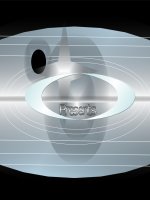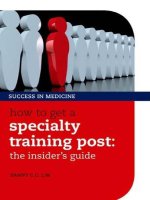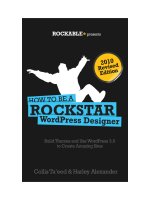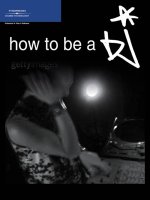HOW TO DESIGN A QUESTIONNAIRE
Bạn đang xem bản rút gọn của tài liệu. Xem và tải ngay bản đầy đủ của tài liệu tại đây (368.58 KB, 14 trang )
HOW TO DESIGN A QUESTIONNAIRE
Dr. Kim D. Nguyen
Institute for Educational Research
Ho Chi Minh City - Vietnam
Four aspects of the questionnaire
For explanatory research
1) Measures of the dependent
variable(s): clarify what it is you
are trying to explain and develop
questions to this
2) Measures of the independent
variable(s): Make sure you have
questions to tap each of the causal
variables
6
Four aspects of the questionnaire
For explanatory research (cont.)
3) Measures of test variable(s): These
are variables which help clarify the
nature of the links between
independent and dependent
variables
4) Background measures: Questions
about characteristics such as age,
sex, religion, education,
occupation, marital status, stage in
6
Question content
There are four types of questions:
Behavior, beliefs, attitudes and
attributes (Dillman, 1978).
BEHAVIOR:
Questions to establish what people
do.
BELIEFS:
What people believe is true or false.
6
Question content (cont.)
ATTITUDES:
Questions try to establish what they
think is desirable.
ATTRIBUTE:
Questions are designed to obtain
information about the respondent’s
characteristics.
6
Wording questions
1) Is the language simple?
2) Can the question be shortened?
3) Is the question double-barrelled? –
Is she rich and intelligent? 4expl
4) Is the question leading?
5) Is the question negative?
6) Is the respondent likely to have the
necessary knowledge?
Wording questions (cont.)
7) Will the words have the same
meaning for everyone?
8) Is there a prestige bias?
9) Is the question ambiguous?
10) Do you need a direct or indirect
question?
Wording questions (cont.)
11) Is the frame of reference for the
question sufficiently clear?
12) Does the question artificially create
opinions?
13) Is personal or impersonal wording
preferable?
14) Is the question wording
unnecessarily detailed or
objectionable?
Wording questions (cont.)
15) Does the question have dangling
alternatives?
16) Is the question likely to produce a
response set?
Avoid making certain answers appear
normal or unusual.
Open and closed format questions (cont.)
Disadvantages:
- Create false opinions
- Give an insufficient range of
alternatives
- It’s necessary to put s lot of thought
into developing alternative responses.
The range must be exhaustive: a
thorough range of responses must be
listed to avoid biasing responses.
Open or closed questions?
Depends on how many factor such as
the question content, respondent
motivation, method of administration,
type of respondents, access to skilled
coders to code open-ended questions
and the amount of time available to
develop a good set of unbiased
responses.
Open or closed questions?
Gallup (1947):
- A closed question to see if the
respondent has thought about or is
aware of the issue
- An open question to get at general
feelings on the matter
- A closed question to get at specific
aspects of the issues
Open or closed questions? (cont.)
Gallup (1947):
- Open or closed questions to find out
respondents’ reasons for their opinions
- Close question to find out how
strongly the opinion is held.
Types of forced-choice response formats
1)
2)
3)
4)
5)
Likert-style formats
Semantic differential formats
Checklists
Ranking formats
Attitude choices rather than agreedisagree statements
6) Direction, extremely and intensity of
attitudes









